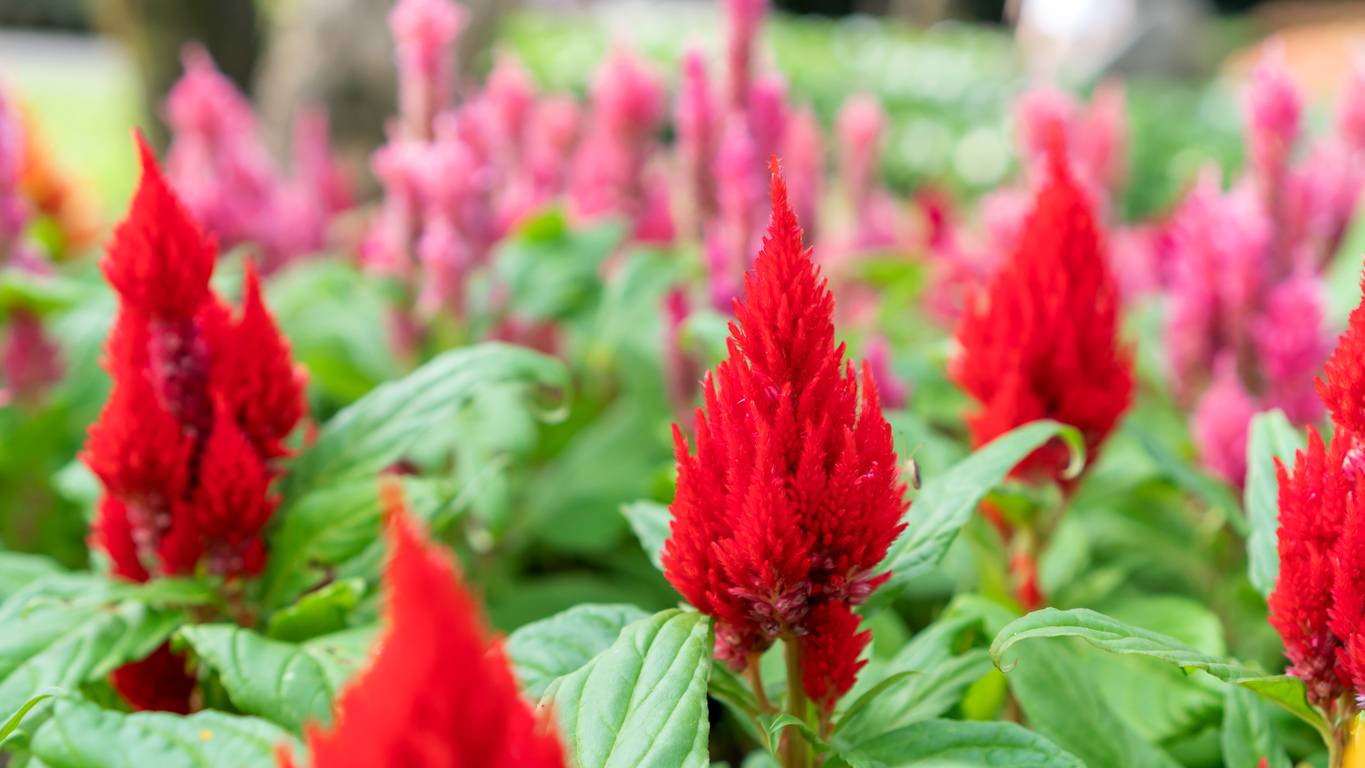Fiery bouquets: Exploring Japan’s fall flowers
02 October, 2022

Fall bouquets in Japan are bursting with bright and fiery color, heralding the changing of the leaves that sets the nation awash in reds and golds. Whether the true autumn chill comes earlier in the season, as for northern Japan, or later, as in the south, flowers that flourish in the fall will soon adorn gardens across the country from September to November.
Here we introduce five beautiful blooms, symbolic of the season, that are on their way to the florists, parks and gardens in your neighborhood. Why not dive into one of Japan’s most comfortable seasons with a new gardening project or table display? After all, it’s the season to spend some time in the great outdoors without the unrelenting heat of summer or the chill of winter. Just be sure to shield your precious plants from the winds of passing typhoons.
1. Japanese Gentian
Rindou or Japanese gentian (Gentiana scabra) are characterized by their softly nodding blossoms and violet or blue coloring. These plants typically grow in temperate climates, so they enjoy the cooling autumn temperatures in Japan and will flower throughout the fall season. Rindou are indigenous Japanese flowers, which grow wild across the country predominantly in mountainous areas, and historically had medical uses in east Asia.
Rindou are perennials that will bloom for weeks, adding pops of cool color to your garden. They grow in sunny spots and will continually grow and expand so you can easily cut and divide the plants, placing them in several pots in your garden. They prefer dryer soils and are relatively drought resistant, especially when covered with a layer of mulch or rich compost. Bees and butterflies are attracted to these flowers.
2. Cockscomb
Keitou or cockscomb (Celosia), get their name in both English and Japanese due to their resemblance to a rooster’s comb. Their distinctive blooms are bright magenta in color and can have a soft velvet-like texture that remains even when the flowers are dried, making them excellent additions to dried flower bouquets. In the garden, they will continue to bloom into November while some early varieties will even start their flowering cycle in June, making them a near-constant in your summer-fall arrangements.
To grow these flowers be sure to plant them in rich loamy soils that have good drainage. They do need plenty of sun and warm temperatures to grow and will continually flower if spent blooms are removed regularly. They are generally pest and disease-resistant, but fungal infections could pose an issue if planted in too much shade or overwatered. Cockscomb do best with monthly fertilizing. When planted in pots with good drainage, they will grow happily in a balcony garden as well as in the ground.
Source: japantoday.com
